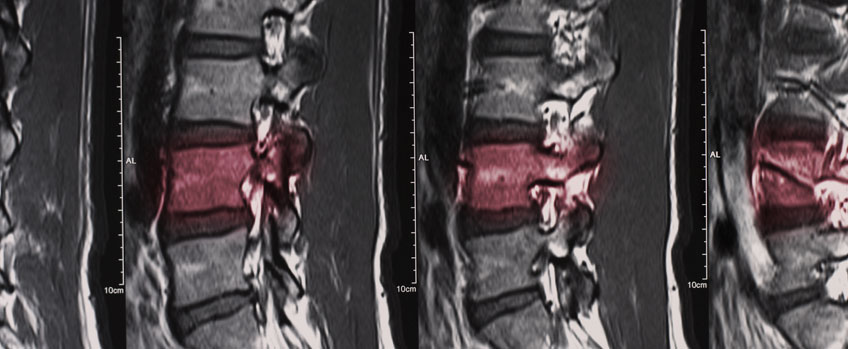Spinal Fractures

Spinal fractures or dislocation of one or more vertebrae caused due to trauma is considered a serious orthopedic injury. A fracture or dislocation of a vertebra can cause bone fragments to pinch and damage the nerves in the spinal column or even the spinal cord.
The majority of these fractures are a result of high velocity accidents and can occur in the:
- Neck – cervical spine
- Mid back – thoracic spine
- Low back – lumbar spine
A cervical fracture can cause bone fragments to pinch and damage the spinal cord or the nerves surrounding the spinal cord.
What are the symptoms for Spine disorders?




There are numerous classifications of Spinal Fractures.
One of them is
- Fractures
- Dislocations
- Fractures-Dislocations
Types of Spine Fracture Patterns
- Flexion
- Compression
- Axial Burst
- Extension
- Distraction/Chance
- Rotation
- Transverse process
- Fracture – dislocation
- Car accidents
- Falls
- Gunshot wounds
- Sport injuries
- Osteoporosis
- Spinal tumors
- Brain injury
- Loss of consciousness
- Other injuries – distracting injuries
Most of the spinal fractures will require immediate surgery. Early treatment of spinal fractures ensures better outcomes in terms of functional recovery. Rehabilitation is a must for all patients with a spinal cord injury to experience a good outcome.
- Collars or belts
- Minimally invasive fixation and reduction
- Open fixation and reduction
- Fixation and decompression

